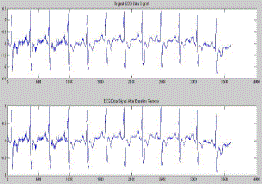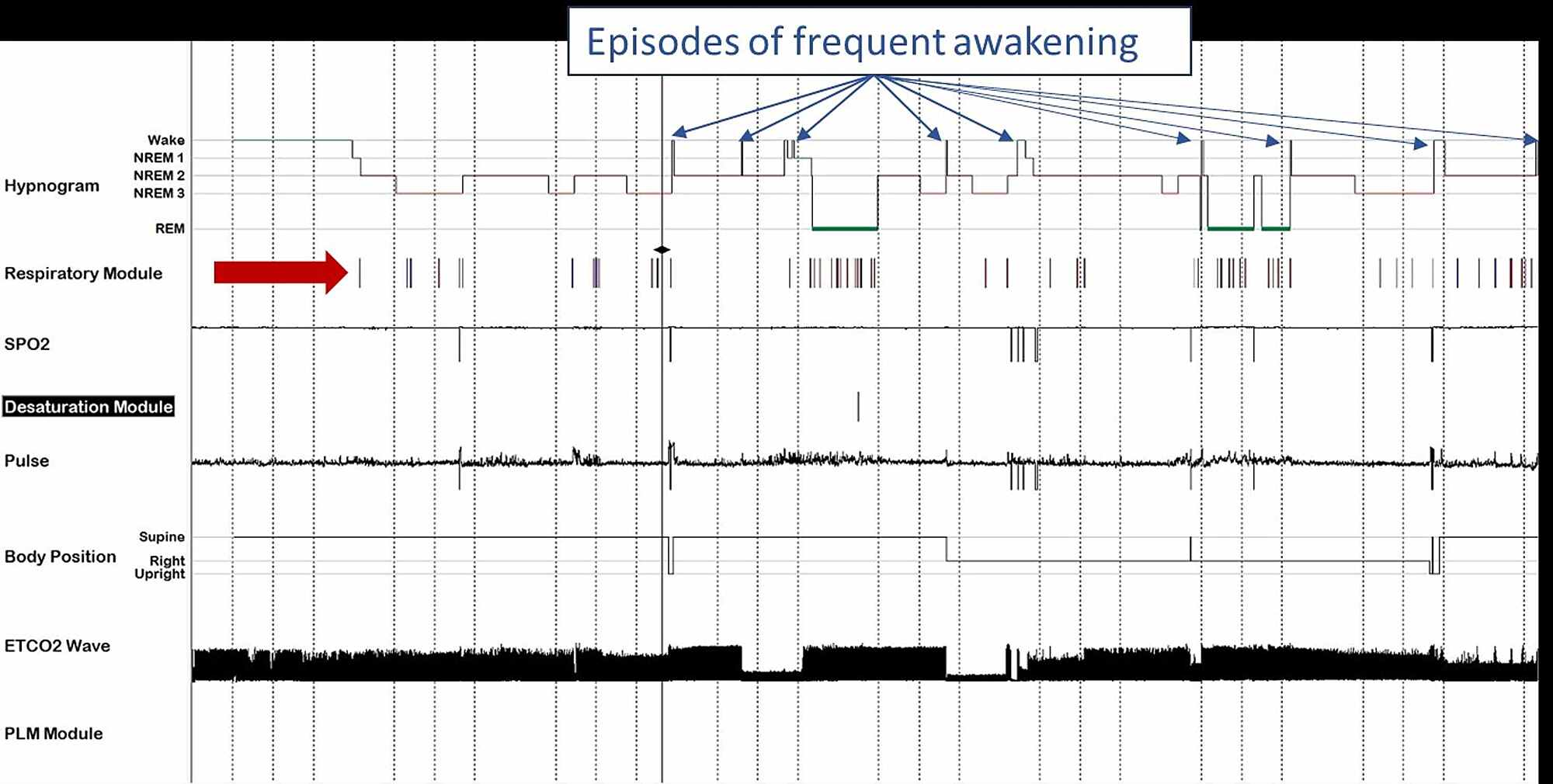

1, 2 Sleep duration and temporal cycling of sleep stages, including rapid eye movement (REM) and various non-REM stages (NREM), heavily influence both objective and subjective sleep quality. Sleep is a complex physiological state influencing the homeostasis of brain function, autonomic nervous system (ANS) organization, and circadian rhythms. This approach will enable clinicians and researchers to more easily, accurately, and inexpensively assess long-term sleep patterns, diagnose sleep disorders, and monitor risk factors for disease in both laboratory and home settings.
Create a hypnogram matlab ecg skin#
We present a multimodal sensor system measuring hand acceleration, electrocardiography, and distal skin temperature that outperforms the ActiWatch, detecting wake and sleep with a recall of 74.4% and 90.0%, respectively, as well as wake, non-REM, and REM with recall of 73.3%, 59.0%, and 56.0%, respectively. Wireless wearable sensors are a promising alternative for their portability and access to high-resolution data for customizable analytics. Conversely, commercially available wrist monitors such as ActiWatch can monitor sleep for multiple days and at low cost, but often overestimate sleep and cannot differentiate between sleep stages, such as rapid eye movement (REM) and non-REM. load('nonuniformdata.Polysomnography (PSG) is the current gold standard in high-resolution sleep monitoring however, this method is obtrusive, expensive, and time-consuming. TAKE NOTICE: I selected a bad example intentionally, to highlight a limitation in getting perfect signal structure back between RR-intervals. Attached bellow is a matlab example to illustrate the technique.

Create a hypnogram matlab ecg code#
H=plot() axis tight grid on set(h,'LineWidth',2) īasically, it took me 10-times more to download and load the signal than to tune the parameters (90 seconds approximately), but I know the code :)Īdding to the comments: As people have already said, this is a phenomenom called baseline drift and can be handled in different ways depending on how your signal looks.įor sinusoidal signals where the frequency spectrum is known to you, it is possible to just apply bandpassfilters to remove the unwanted drift.įor your example I would probably just subtract the envelope (generated from the peaks) of the signal. = beads(data, d, fc, r, lam0, lam1, lam2) % Positivity bias (peaks are mostly symmetric) Mine (probably not optimal) are: addpath('C:\Users\duvall\Documents\MATLAB\toolbox\2014_BEADS_Baseline\') įc = 0.004 % fc : cut-off frequency (cycles/sample)ĭ = 1 % d : filter order parameter (d = 1 or 2) One nice feature is that you directly see the noise (and how uncorrelated it can be) and the shape of the trend, then tweak the parameters. It was initially meant for chromatographic signals, but is also used for EEG/ECG and several other spectral signal, see the BEADS page.

The Matlab BEADS code is at MatlabCentral, the paper is Chromatogram baseline estimation and denoising using sparsity (BEADS). It is called BEADS, for "Baseline Estimation And Denoising with Sparsity". I have played with one signal for about two minutes, and here is one outcome:


 0 kommentar(er)
0 kommentar(er)
